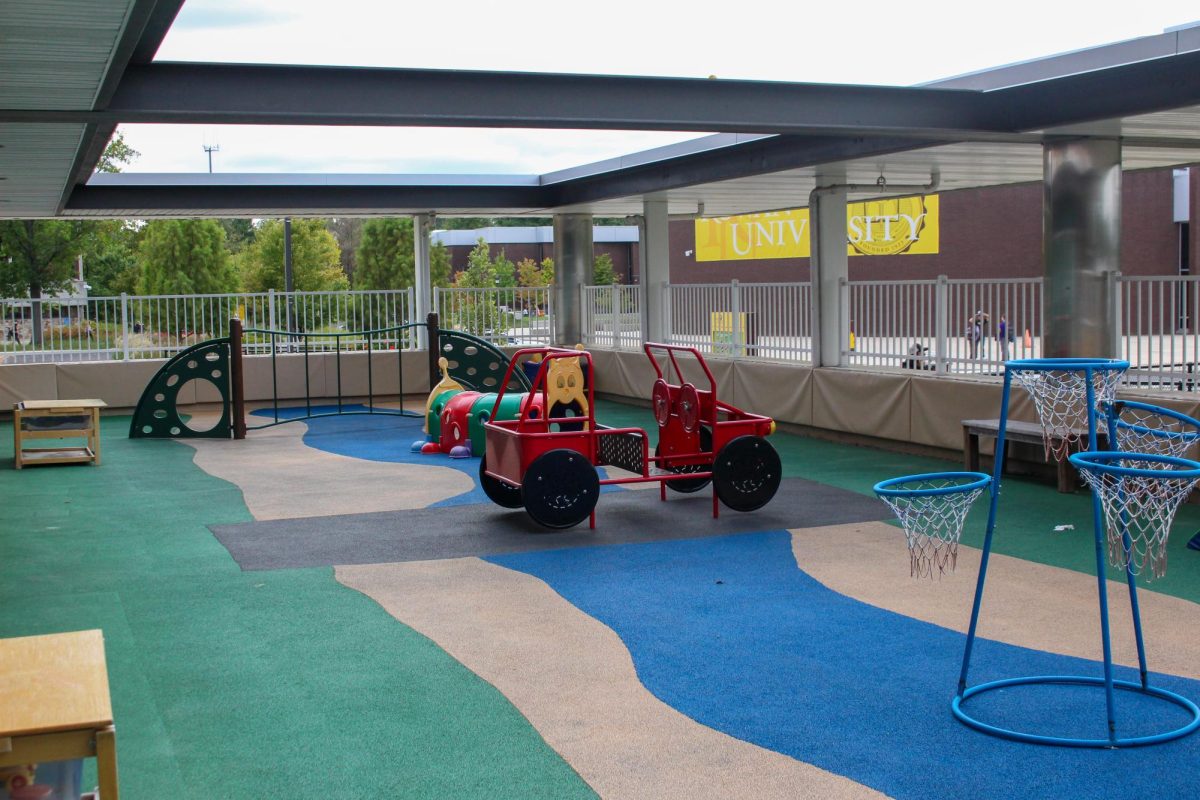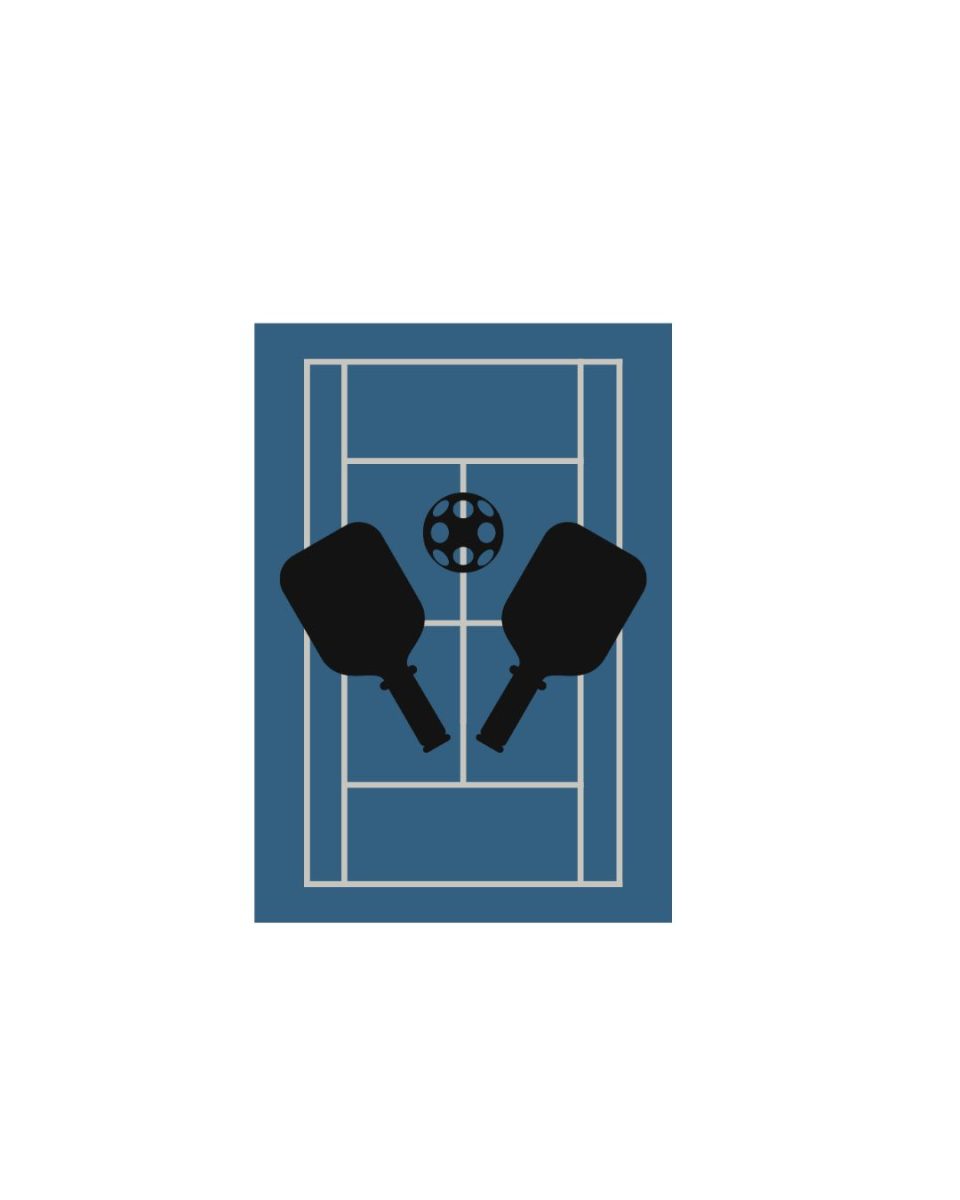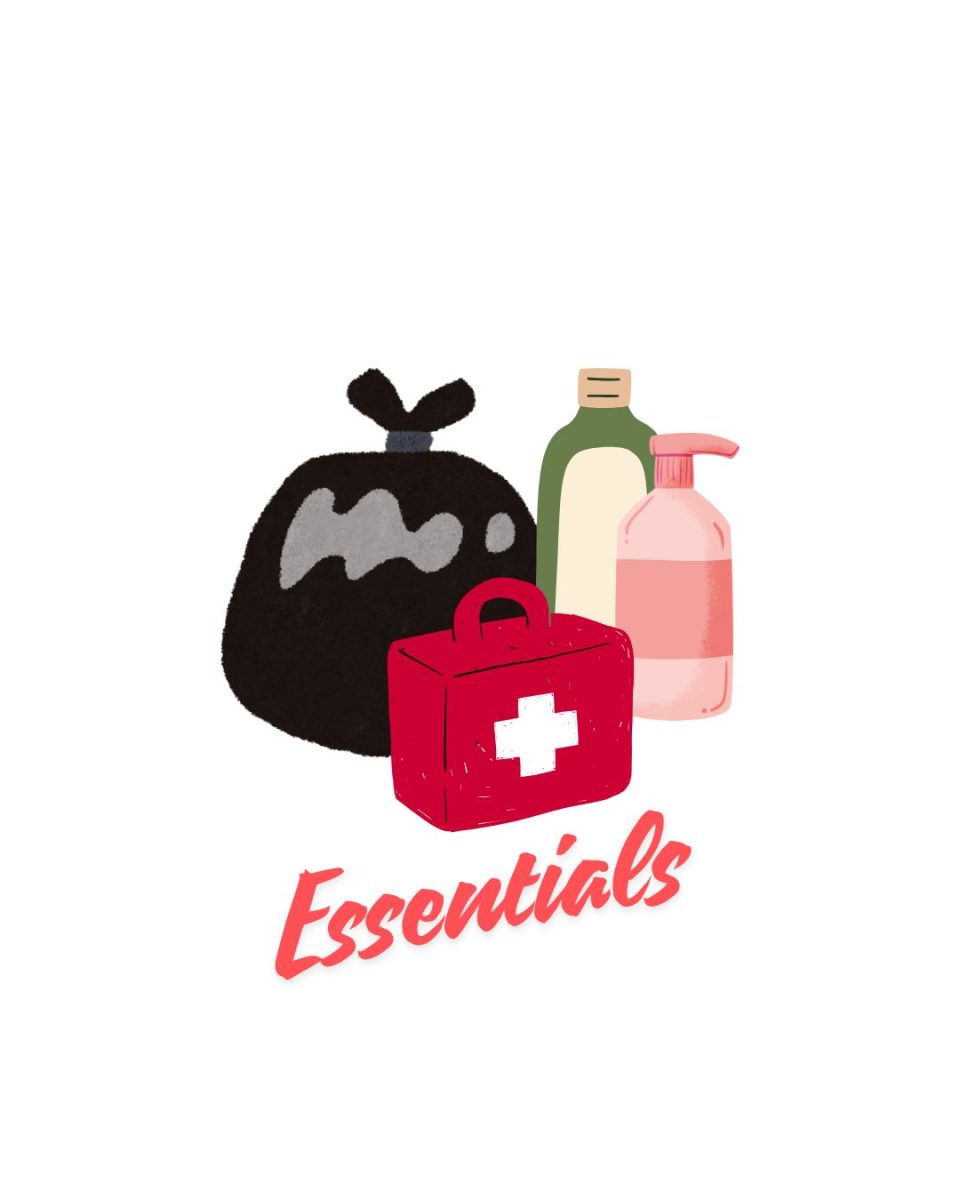It’s 11 p.m.
The clock is ticking its detestable rhythm while the computer screen’s glow has burned application sites into your brain for hours, leaving behind nothing more than anxious thoughts toward the future and an impenetrable migraine. This is the job application, career search, decision making process; this is the difficulty in deciding on your future while still living in the present.
The peculiar aspect of this process, however, is that we’re extremely limited in our ability to fully prepare for—or digest—what our professional future will look like. And yet, the building blocks of independence, financial stability and “success” begin before we’ve even had the opportunity to toss our graduation caps in the air and breathe our first breath of adult life.
When we’re making these decisions now, it’s almost second nature to focus on the most superficial aspects of a job offering – like the compensation, hours demanded or proximity to home.
But what about the aspects of our careers within the always-on society of today that are far less obvious to us? More specifically, it’s not always simply about deciding on a field and landing the job, but also deciding how much of ourselves, our time and our life we plan to devote to our careers.
As the COVID-19 pandemic has shown us, virtual attendance and attentiveness to our place of employment is possible at essentially anytime, from nearly anywhere. Our devices allow us to lock in and play our role in the society that never sleeps.
While we all have ever changing goals and varying outlooks on what “making it” in life truly means, we do still share one common choice within our pursuit of the oh-so-subjective “success”: will we live to work or work to live?
Well, according to an article by the Jody Michael Associates, “If you live to work, you may be crossing that fine line between being engaged and being consumed by work. When passion becomes preoccupation — when a disproportionate amount of your time, thoughts and energy are devoted to your career — your work-life balance can be threatened. On the flip side, when you work to live, you miss out on the rich sense of fulfillment that a meaningful career can elicit.”
In a world that will continue to evolve, the pressures of the “always-on” work culture will inevitably follow suit. As students, employees and human beings, we must possess the self-awareness to understand when our work is yielding more negative, internal conflict than positive, external results – whether that stems from an overbearing dedication to our work or a lack thereof.
Our environment has a substantial impact on how we perform our daily tasks. When we’re surrounded by work emails on our tablets, perpetually open laptops and the buzzing of cellphones, we often feel more pressure to remain “on” rather than stepping away from our work at a decent hour – not to mention the society’s standard to make yourself professionally available at any given time.
These technologically driven standards include the pressure to respond instantly to any form of social or professional outreach, pressure to maintain an active virtual presence that paints you as an ideal employee, and pressure to base our habits and work ethic on the productivity of others within the virtual hemisphere – a functional highlight reel of one’s achievements, rather than a true portrait of their day-to-day work activities. In focusing all of our energy into our professional work, we begin to forfeit the parts of life that are meant to be cherished.
Because of these self- and society-inflicted standards, burnout — brought on by a lack of work-life balance and increased pressures to live for your job — has increased in the last year among millennials and Gen-Z, in particular.
According to a 2021 Indeed study, “Fifty-three percent of Millennials were already burned out pre-pandemic, and they remain the most affected population, with 59% experiencing it today. However, Gen-Z is now neck and neck, as 58% report burnout.”
In addition to this, over 67% of the same study’s respondents reported the observation of work-life burnout increasing since the onset of the pandemic, due to less work-life balance and our increased dedication and continual attention toward our daily careers.
Ultimately, some may see positives in living to work – like more monetary-, status- or promotion-based rewards – and others may see more positives in working to live – like more free time, development of personal relationships and non-work-related fulfillments. We just need to be mindful of what we value most.
For those of us preparing to enter the workforce in the near future, it’s important to know yourself, and what parts of life give you fulfillment. Know some of your short-term and long-term goals, and determine what you will and won’t do or will and won’t sacrifice to get there — because sometimes the most difficult aspects of your position won’t be written in the job description.
For comments/questions about this story, tweet @TheWhitOnline or email [email protected].
























































































































































!["Working with [Dr. Lynch] is always a learning experience for me. She is a treasure,” said Thomas. - Staff Writer / Kacie Scibilia](https://thewhitonline.com/wp-content/uploads/2025/04/choir-1-1200x694.jpg)










































